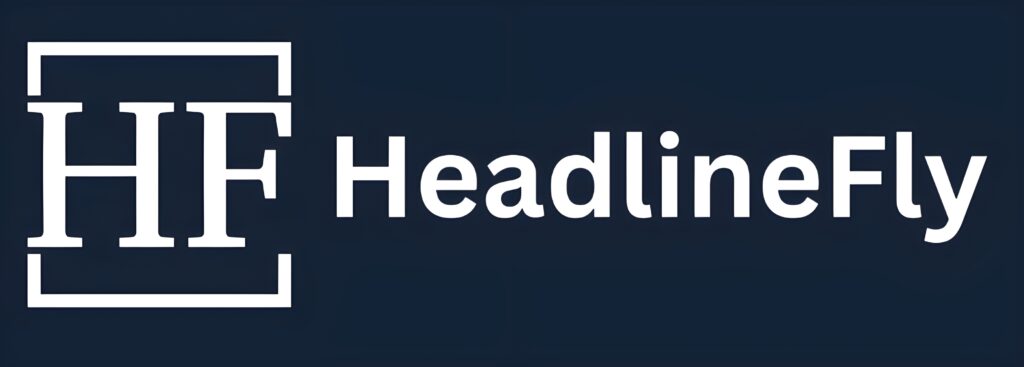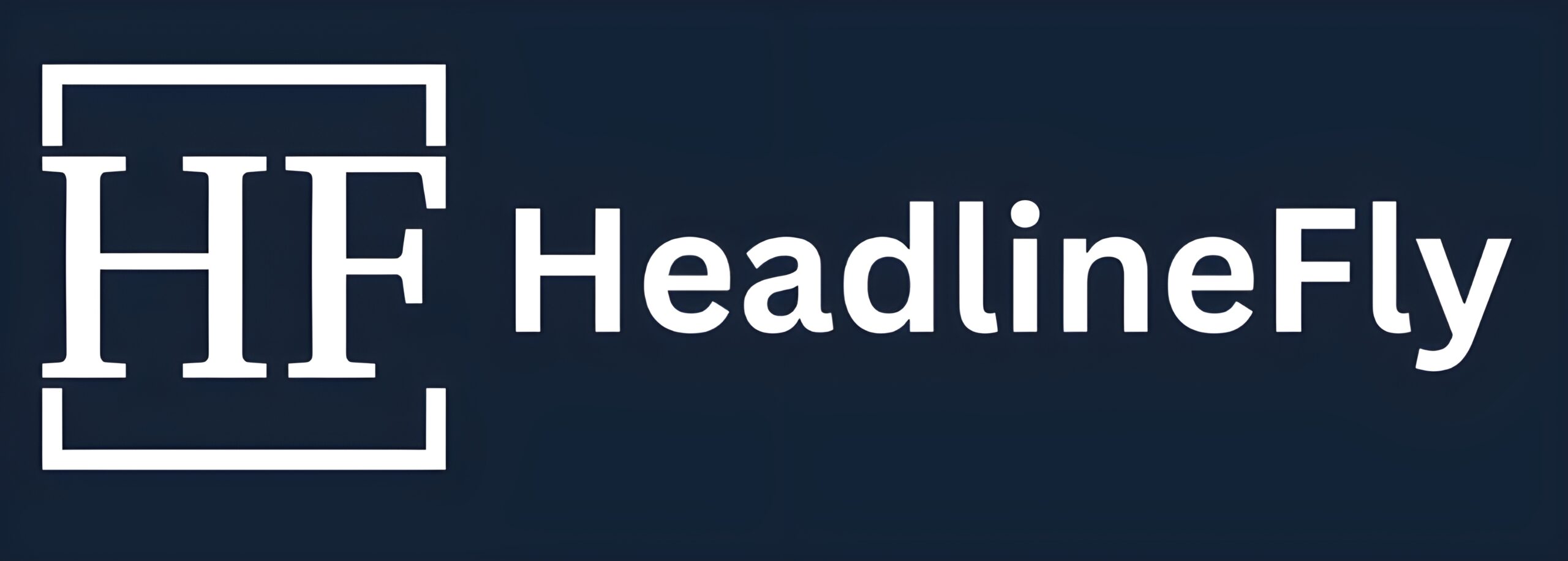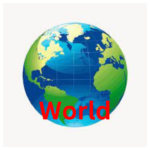In the upcoming Iranian presidential election set for June 28, 2024, a surprising twist has unfolded with the approval of Masoud Pezeshkian, a reformist contender. The 69-year-old former health minister has strategically shifted the political discourse by prioritizing the revival of nuclear talks with world powers and the mandatory hijab law, challenging his hardline rivals.
Pezeshkian’s campaign strategy aims to engage disillusioned voters, especially the youth, by emphasizing the importance of the election in influencing potential changes in the theocracy. His platform focuses on improved relations with the West to alleviate US sanctions and a softer approach towards enforcing the compulsory hijab for women.
The reformist candidate’s stance on contentious issues has put conservative contenders like Mohammad Bagher Ghalibaf and Saeed Jalili in a difficult position, as they struggle to articulate coherent responses to Pezeshkian’s calls for sanctions relief and social reform.
Despite a history of low voter turnout and skepticism towards the regime’s electoral process, Pezeshkian’s candidacy has garnered support from the reformist establishment, signaling a potential shift in the political landscape. With backing from prominent figures like former Foreign Minister Javad Zarif, Pezeshkian aims to bridge the gap between disillusioned Iranians and the electoral system.
As the June 28 election approaches, the inclusion of a reformist candidate introduces a sense of hope and unpredictability to the race, challenging the conservative dominance that has characterized recent elections. Pezeshkian’s bid for the presidency symbolizes a potential opportunity for change within the Iranian political sphere, offering voters a chance to influence the direction of the country’s policies and relations with the international community.






